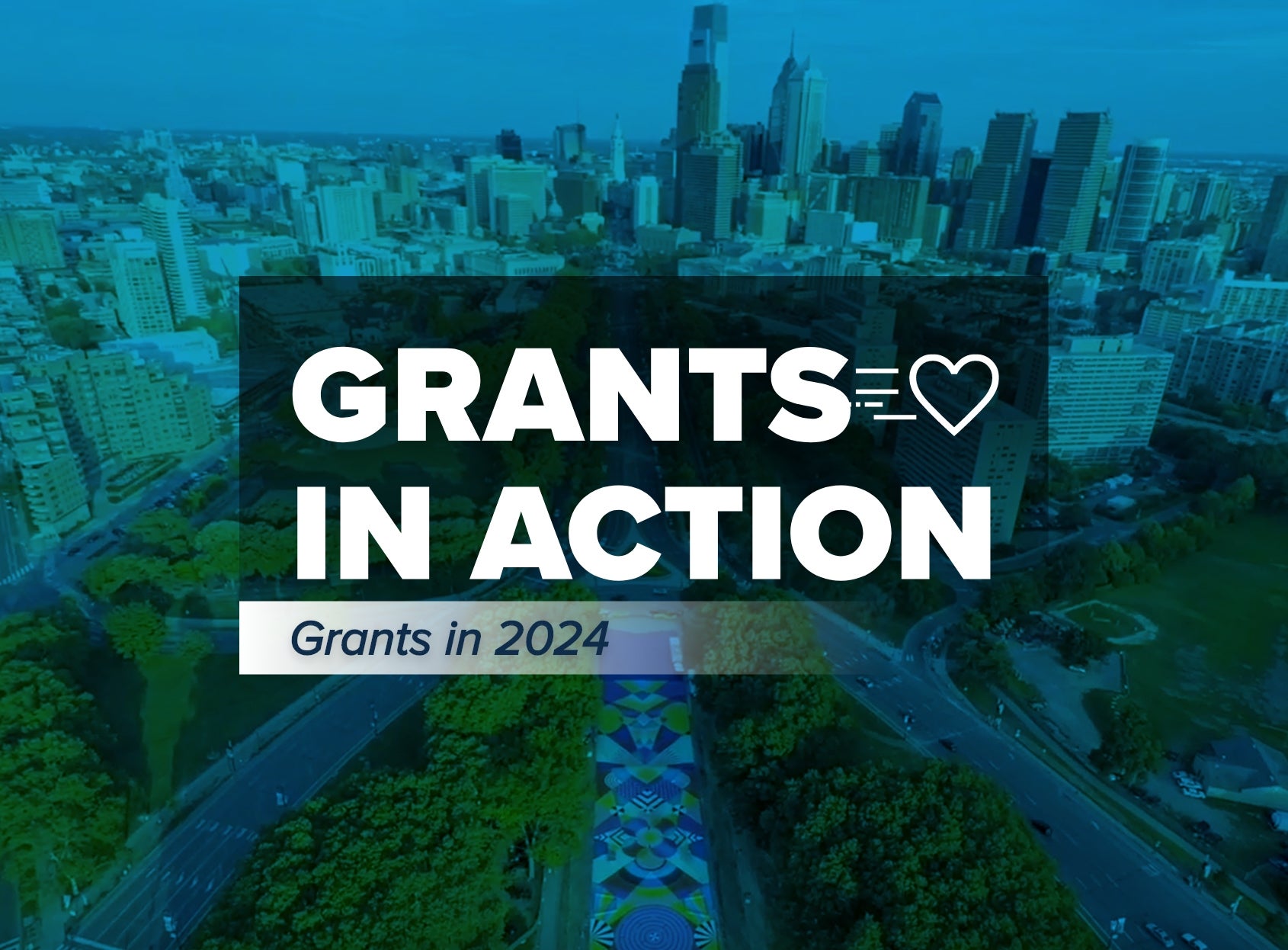Getting to Know Your DAF Donors: Three Strategies Fundraisers Can Use to Reach DAF Donors During COVID-19

Since the COVID-19 pandemic began, individuals and families with donor-advised funds (DAFs) have shown their commitment to philanthropy with an outpouring of support. In early spring, National Philanthropic Trust (NPT) donors recommended double the dollar amount in grants compared to the same time period last year.
Here’s a quick refresher on how DAFs work: Donors establish a DAF at a public charity, which serves as the DAF sponsor. After that, the donors make a contribution to their DAF, receive an immediate tax benefit and then recommend grants from the DAF to qualified charities over time. The DAF acts as a vehicle for organizing and streamlining the donors’ giving, but the end goal is to distribute funds to qualifying nonprofits like yours.
Today, there are more than 728,000 individual DAFs according to NPT’s 2019 DAF Report. The growing popularity of DAFs means that your donors are more likely than ever to be using donor-advised funds to help manage their giving. To help you understand your DAF donors, we are highlighting the characteristics DAF donors tend to share—and how you can use this information to shape your fundraising strategy.
1. DAF holders are committed givers. Establishing a DAF is an indicator that a donor is committed to philanthropy. Contributions, once made to a DAF, are no longer the donor’s to spend—they can only use them to recommend grants. This makes DAFs a great planning tool to ensure charitable funds are available even in volatile times; while other forms of giving tend to drop during economic downturns, DAF donors continue to recommend grants at the same rate. During the Great Recession of 2009, grantmaking from DAFs remained constant, according to a paper published by the National Bureau of Economic Research. And in the economic downturn caused by the COVID-19 pandemic, donors with an NPT DAF have increased their grantmaking dramatically.
Strategy: During these difficult times, consider targeting your appeals to donors who have given through DAFs. You can also ask DAF donors to commit to recommending recurring grants, which are available with most DAF sponsors.
2. DAF donors use their DAFs for current and future grantmaking. Some donors use their DAF to save for a major gift or even to pre-fund their giving in retirement. But most DAF donors make regular grants and are rarely inactive. Whereas private foundations have an average payout rate of around 5 percent, the average DAF payout rate is 20 percent. DAF donors clearly want to give—but you need to show them that a gift to your organization will have a meaningful impact. Fewer than half of wealthy donors are sure that their gift is having the impact they intend, according to the 2018 US Trust Study of High Net Worth Philanthropy.
Strategy: Build donor confidence by letting them know how their grant is making a difference. In addition to presenting broad metrics—the number of schoolchildren provided with meals every week during the shutdown, or the number of personal protective equipment kits delivered to medical workers—it often helps to provide your donors with a story of one individual who benefited from their help. This brings giving to a personal, relatable level, and it will help donors feel confident that their gifts are having an impact.
3. DAF donors support multiple charities and can respond to new needs swiftly. The ability to organize and streamline charitable giving is a common reason for a donor to choose a DAF. With a DAF, donors make one contribution, receive one tax receipt and keep tabs on multiple grant recommendations all from one account. Since DAFs aren’t tied to a grantmaking cycle they can be a responsive and nimble source of revenue for charities.
Strategy: Keep in mind that while the DAF sponsor owns the assets and has ultimate say over whether a grant is approved, individual donors make the grant recommendations. In other words, there’s no difference between cultivating a DAF donor and cultivating a donor who may elect to give through a family foundation; it’s the donor you want to reach, not the charitable sponsor. Also keep in mind that if a donor chooses to give with a DAF because it makes giving easy, you’ll want to make granting to your organization easy, too. On your website and in other solicitation materials, mention that you accept grants from DAFs. Include language such as “recommend a grant from your donor-advised fund,” just as you would include information about how to give with a credit card. It’s also a good idea to spotlight grants from DAFs in your newsletter.
.

Jenna Mulhall-Brereton is NPT’s Chief Philanthropic Services Officer. She leads the team providing customized services to enable NPT’s donors to develop and execute their philanthropic vision.
NPT does not provide legal or tax advice. This blog post is for informational purposes only and is not intended to be, and shall not be relied upon as, legal or tax advice. The applicability of information contained here may vary depending on individual circumstances.
To download a PDF of this blog post, click below:

